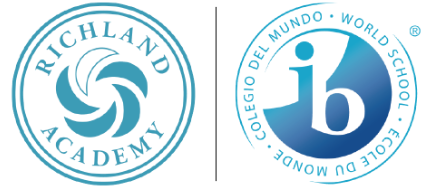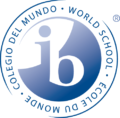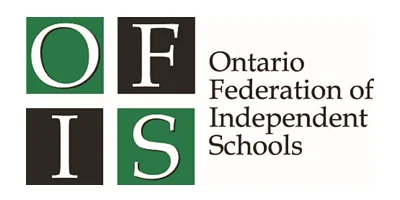Introducing our new Science Inquiry has never seemed so perfect and seamless. A Grade One student presented his current event demonstration on the ice castle/hotels that are created in Sweden. As an extension to his presentation, he too, created his own ice castle. At the end of his presentation he posed the question to the Grade One and Two students; “I know my castle isn’t as big as the ones in Sweden, but could you imagine how long they would take to melt; as compared to my small ice castle?” T.J.
Instantly the light bulb went off. What better way to continue our Measurement inquiry and begin our new Science inquiry than with an authentic, hands-on experimentation? 
The Ontario Grade Two Science Curriculum expects students to:
- “describe the characteristics of liquid water (e.g., it takes the shape of the container it is in) and solid water (e.g., ice floats), and identify the conditions that cause changes from one to the other (e.g., water turns to ice when the temperature goes below zero; ice turns to water when heated).”
- “identify conditions in which the states of liquids and solids remain constant (e.g., solids remain solid when broken; liquids remain liquid when poured) and conditions that can cause their states to change (e.g., liquids may freeze when the temp.”
- “use a standard thermometer to determine whether temperature is rising or falling (e.g., the temperature of water, air).
- “record and represent measurements of length, height, and distance in a variety of ways (e.g., written, pictorial, concrete.”
- “estimate and measure length, height, and distance, using standard units (i.e., centimetre, metre) and non-standard units.”
Next, we brought the ice castle inside and placed it inside a bucket. Using our chart, our students estimated approximately how long they thought (using an educated guess) it would take for the ice castle to melt. Our next step involved measuring one of our variables, the temperature within the Atelier. Using a thermometer, the Grade One and Two students were able to distinguish between Fahrenheit and Celsius, “Celsius in Canada, C, C.”Mrs. McCutcheon .
After days of discussions about the measuring tools we use here in Canada within the Metric system, our students obtained a meter stick to measure the height of the ice castle. We then asked our students how we could measure the volume of our melted ice. D.K. mentioned that, “it would be best if we used a measuring cup to pour our water into.” 












